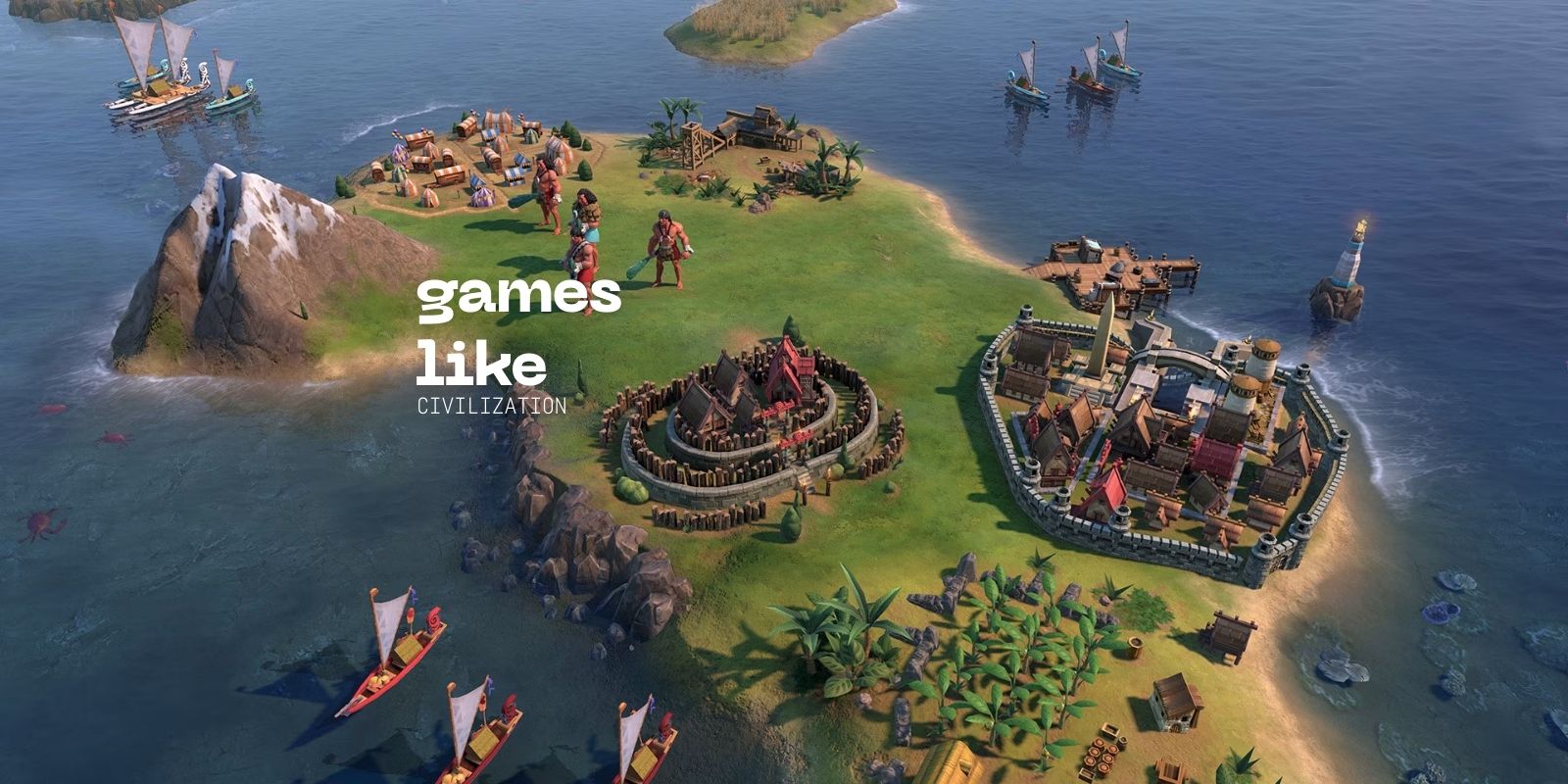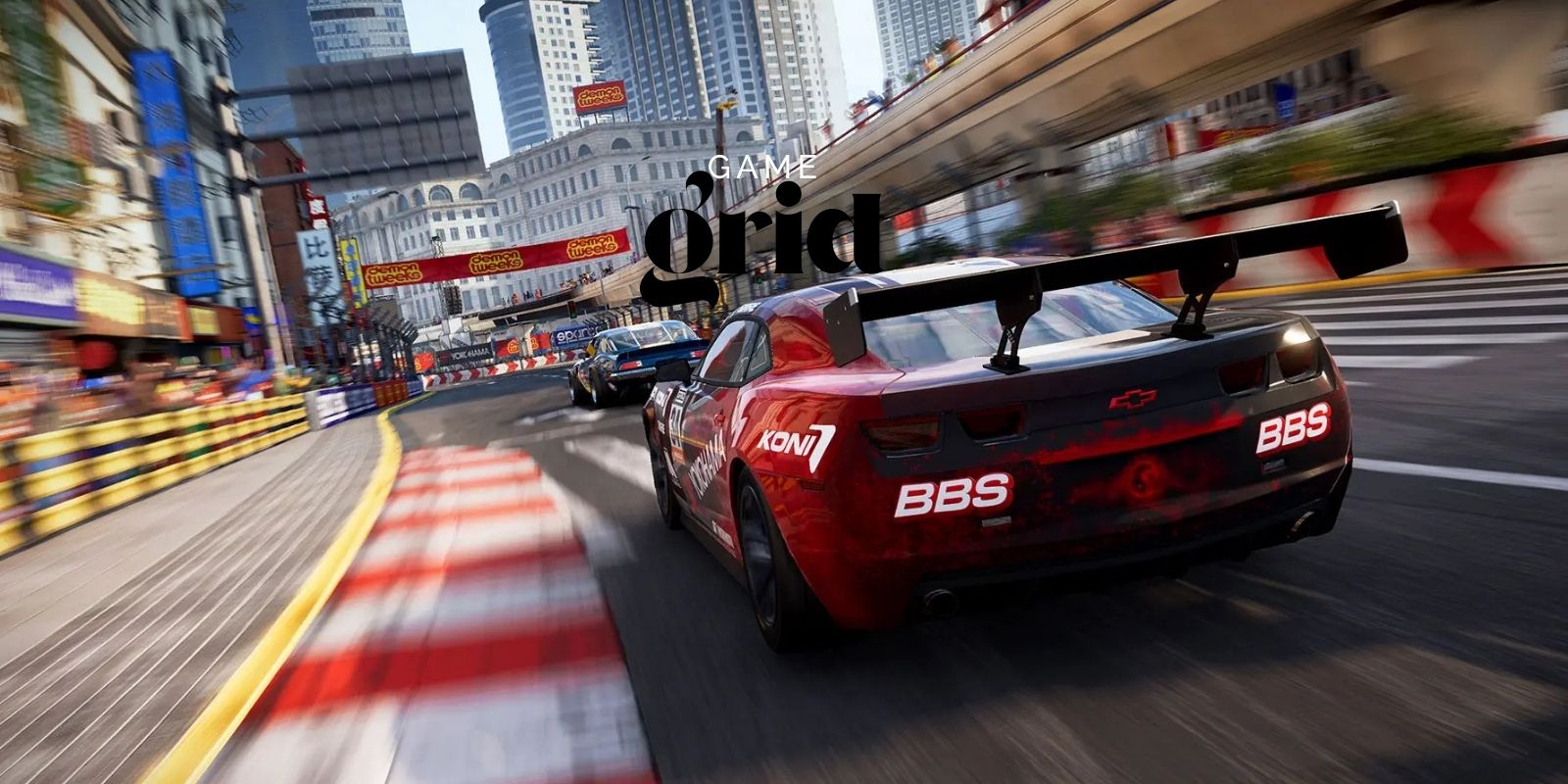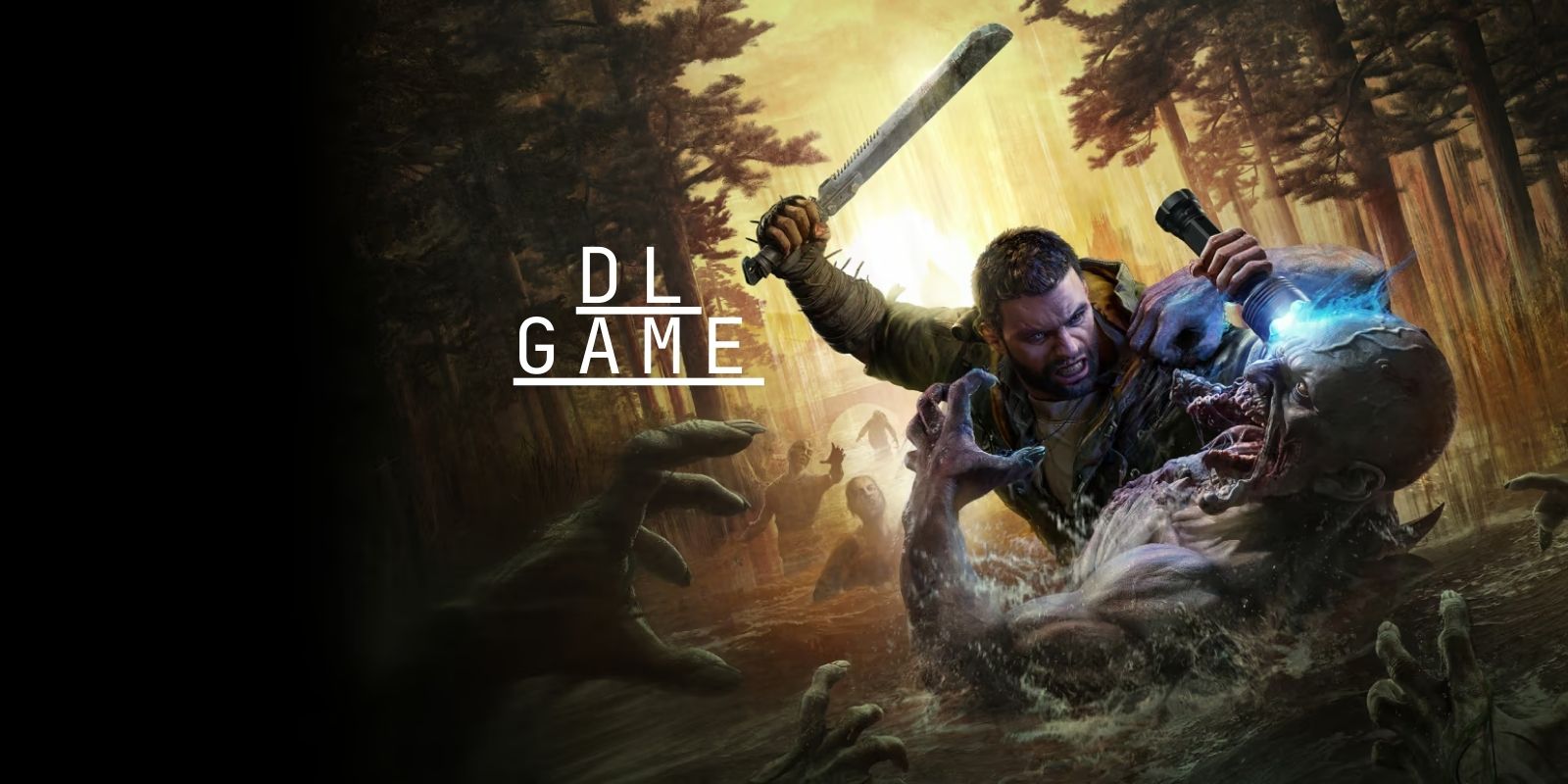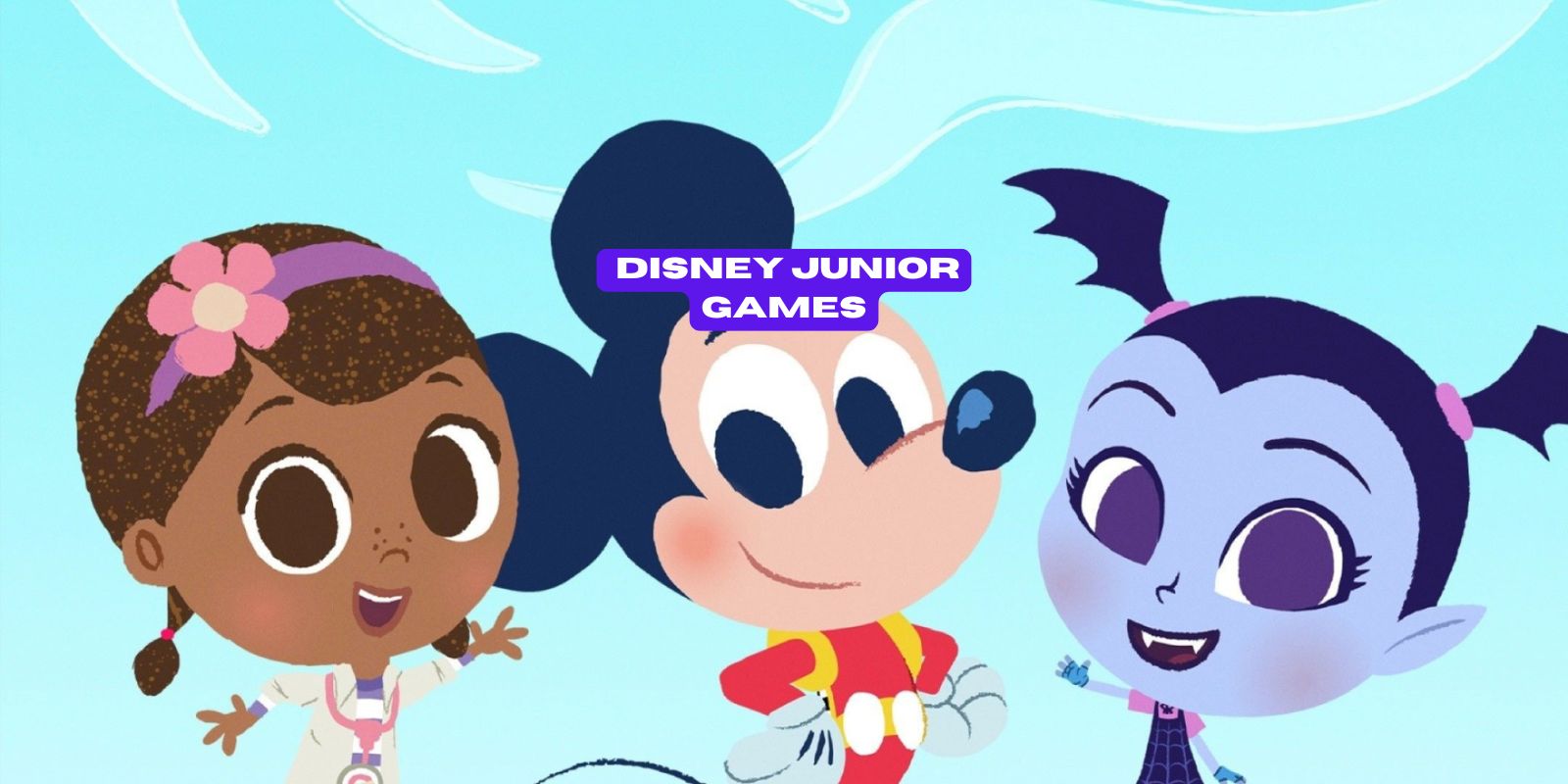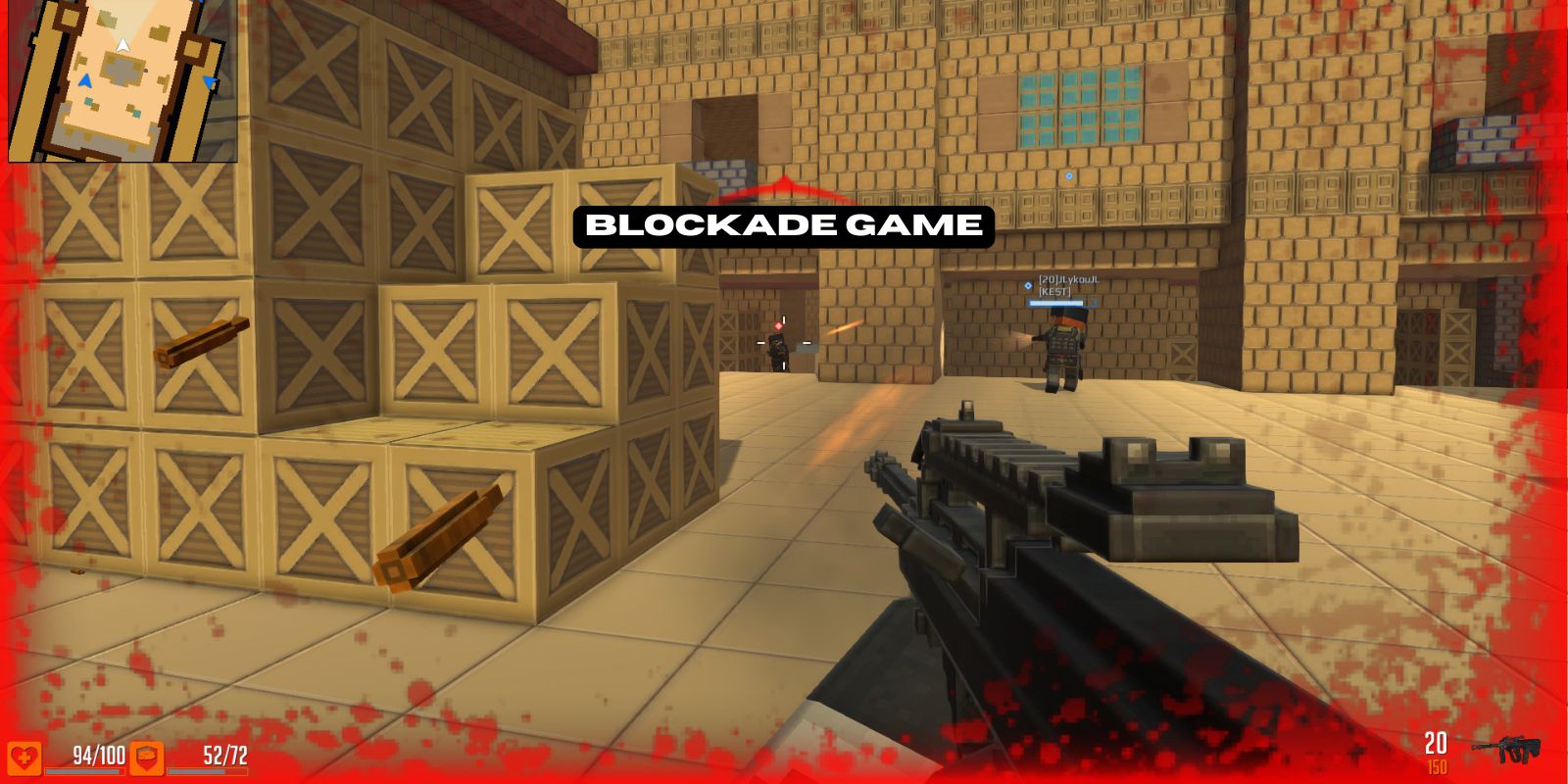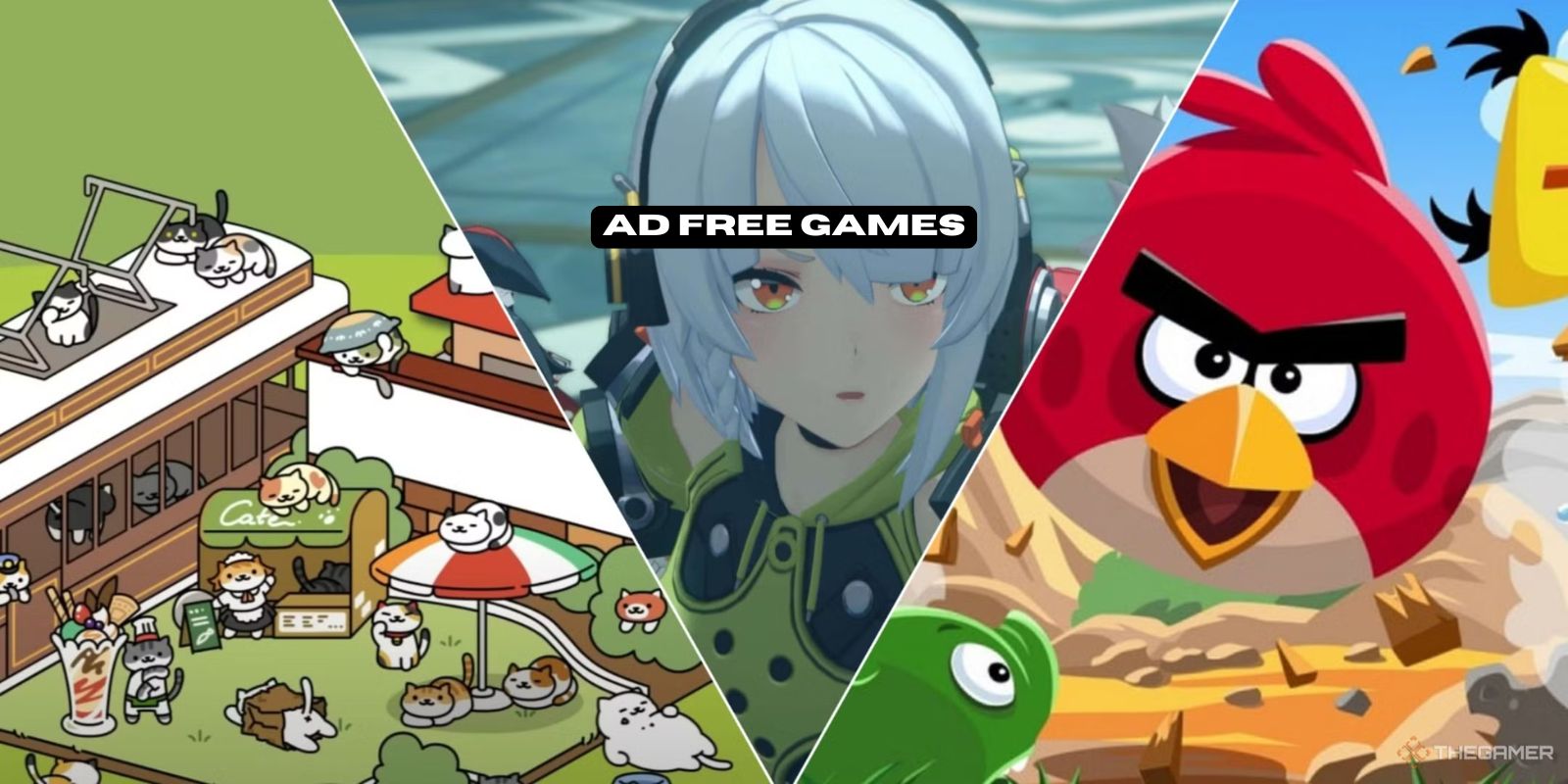The siren song of “just one more turn” is unmistakable – it’s the hallmark of Sid Meier’s Civilization. But once you’ve steered your people from sticks and stones to starships, where do you turn? The quest for games like Civilization is a journey into the rich 4X genre (eXplore, eXpand, eXploit, eXterminate). Whether you crave a fresh take or a deeper dive, numerous worthy civilizations like games await. Let’s chart your next campaign.
Defining the Civilization Legacy: The 4X Blueprint
Games like Civilization typically share core DNA:
- Grand Scale: Guide a nation/civilization across millennia.
- Turn-Based Strategy: Thoughtful planning reigns supreme.
- 4X Pillars: Explore a shrouded map, Expand your borders, Exploit resources, and Exterminate rivals (diplomatically or militarily).
- Tech & Culture Trees: Research unlocks new units, buildings, and societal advancements.
- Victory Conditions: Win via Domination, Science, Culture, Religion, or Diplomacy.
- City Management: Found, grow, and specialize cities as your empire’s engine.
These elements create the addictive, empire-building loop that defines the genre. Finding the best games like Civilization means finding titles that innovate or excel within this framework.
Top Contenders: Games Like Civilization 6 and Beyond
Here are standout alternatives capturing the Civ spirit:
- Age of Wonders: Planetfall / Age of Wonders 4 (Sci-Fi/Fantasy 4X):
- Why it fits: Deep tactical combat (think XCOM meets 4X), rich faction diversity (aliens, cyborgs, knights), customizable empires. Planetfall offers sci-fi; AoW4 is fantasy. Focuses more on warfare and hero units than pure civ-building, but scratches the strategic itch. Perfect for those wanting more impactful battles within the 4X structure. (PC, Consoles)
- Humankind (Historical with a Twist):
- Why it fits: Amplitude’s direct Civ competitor. The key innovation? Evolving Cultures: Merge traits from 60+ historical cultures as you progress through eras (e.g., start as Egyptians, become Romans, then fuse into Siamese). Beautiful visuals, emphasis on narrative through events, and territory-based city sprawl. A fresh take on the historical 4X. (PC)
- Old World (Ancient Era Focus & Dynasty Management):
- Why it fits: Created by Civ IV lead designer Soren Johnson. Focuses intensely on the Classical era. Introduces Orders (action points limiting moves per turn) and Characters (nobles, generals, heirs with traits, relationships, and ambitions). Dynasty management adds deep internal politics and succession challenges. Demands careful planning. (PC)
- Endless Legend / Endless Space 2 (Fantasy/Sci-Fi Masterpieces):
- Why it fits: Amplitude Studios excels at asymmetric factions and rich lore. Endless Legend (fantasy) features unique faction quests, winter mechanics, and city districts. Endless Space 2 (sci-fi) offers stunning space opera, complex ship design, and diverse alien empires. Both boast incredible atmosphere and strategic depth, arguably surpassing Civ in narrative integration. (PC)
- Stellaris (Grand Strategy in Space):
- Why it fits: Paradox’s space epic leans heavier into grand strategy (real-time with pause) but shares the 4X core. Explore infinite galaxies, design alien species (biological, robotic, psychic), manage vast fleets and complex economies. Unscripted events and emergent storytelling create unique sagas. Deeper systemic complexity than typical Civ. (PC, Consoles)
Why Seek Games Like Civilization? Expanding Your Empire
Exploring civilization like games offers:
- New Settings: Swap history for fantasy, sci-fi, or alternate timelines.
- Mechanical Innovations: Experience fresh takes on diplomacy, warfare, research, or city development.
- Deeper Systems: Dive into complex character dynamics (Old World), asymmetric factions (Endless series), or galactic politics (Stellaris).
- Varied Pacing: From the tightly focused Old World to the sprawling epic of Stellaris.
- Unique Challenges: Master faction-specific mechanics or entirely new victory paths.
Accessing Your Next Campaign: Downloads and Platforms
Finding these games, like Civilization 6 and its peers, is straightforward:
- PC (Primary Platform): Steam hosts the vast majority. Epic Games Store and GOG.com also carry many titles (GOG focuses on DRM-free).
- Consoles (PS4/PS5, Xbox One/Series X|S, Switch): Check the respective digital stores (PlayStation Store, Microsoft Store, Nintendo eShop). Civilization VI itself, Age of Wonders, Stellaris, and sometimes Humankind are available, but the selection is narrower than PC.
- Mobile (iOS/Android): Civilization VI has a (stripped-down) mobile port. Few true 4X alternatives exist due to complexity, but titles like Unciv (free, open-source Civ clone) or Polytopia (simplified, excellent) offer mobile-friendly strategy. Finding deep best games like civilization on mobile is challenging.
The Endless Turn Awaits
The landscape of games like Civilization is vast and rewarding. Whether you desire the historical rigor of Old World, the fantastical wonders of Endless Legend, the cultural fusion of Humankind, or the galactic scale of Stellaris, there’s a civilization-like game ready to consume your nights and weekends. What games are like Civilization? The answer is a rich tapestry of strategic brilliance waiting to be explored.
Games Like Civilization: Your Strategy FAQ
- What is the absolute best alternative to Civilization right now?
This is highly subjective, but top contenders include:- For Historical Depth/Innovation: Humankind (culture blending) or Old World (ancient focus/dynasty).
- For Fantasy/Sci-Fi & Asymmetry: Endless Legend (fantasy) or Endless Space 2 (sci-fi).
- For Deeper Grand Strategy: Stellaris (space opera).
- For Enhanced Tactical Combat: Age of Wonders 4 (fantasy) or Planetfall (sci-fi).
- Are there any good free games like Civilization?
Deep, free games like Civilization 6 are rare. However:- Unciv: A free, open-source clone of Civ V, actively developed and surprisingly robust (available on PC and Android). It’s the closest free experience.
- Polytopia: A superb, streamlined 4X-lite for mobile/PC. Not as deep as Civ, but captures the core loop brilliantly in quick sessions. Has free tribes and paid expansions.
- Browser Games: Simpler, free 4X experiences exist online (e.g., AtWar), but lack the depth of premium titles.
Should I just stick with Civilization VI?
Civ VI with expansions (Gathering Storm, Rise & Fall) remains an exceptional, highly polished experience with immense replayability. Exploring games like Civilization offers fresh perspectives and mechanics, but Civ VI is still a benchmark. Trying alternatives is about broadening your strategic horizons, not necessarily replacing Civ. Many players enjoy both!




